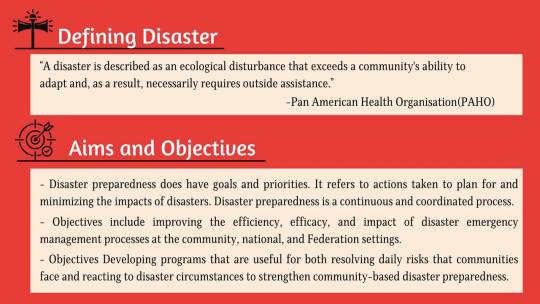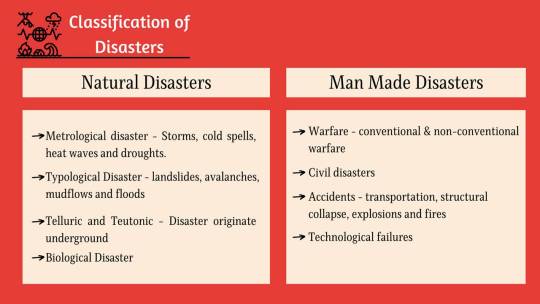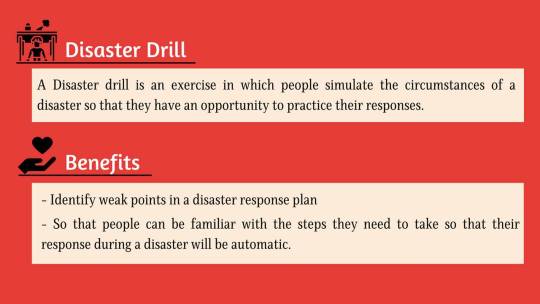Text
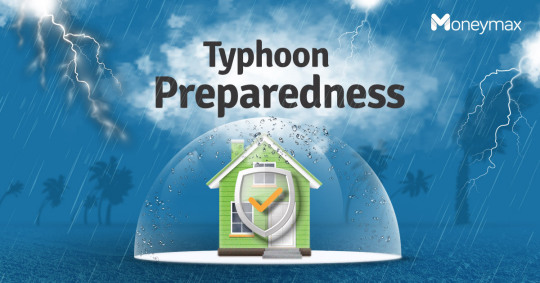
Disaster Preparedness:
To prepare for a Typhoon, you should take the following measures:
To begin preparing, you should build an emergency kit and make a family communications plan, know or check your surroundings. Learn the elevation level of your property and whether the land is flood-prone because this will help you know how your property will be affected when storm surge or tidal flooding are forecasts, identify levees and dams in your area and determine whether they pose a hazard to you.
Learn community Typhoon evacuation routes and how to find higher ground and determine where you would go and how you would get there if you needed to evacuate. While about your properties make plans to secure your it, first cover all of your home’s windows, permanent storm shutters offer the best protection for windows and A second option is to board up windows with 5/8” marine plywood, cut to fit and ready to install.
Tape does not prevent windows from breaking, Install straps or additional clips to securely fasten your roof to the frame structure, this will reduce roof damage. Be sure trees and shrubs around your home are well-trimmed, so they are more wind resistant (if ever you have one.) Clear loose and clogged rain gutters and downspouts, reinforce your garage doors; if wind enters a garage it can cause dangerous and expensive structural damage.
Plan to bring in all outdoor furniture, decorations, garbage cans, and anything else that is not tied down, In a strong typhoon, A LOOSE OBJECT IS A MISSILE and lastly determine how and where to secure your boat (if necessary), If in a high-rise building, be prepared to take shelter on or below the 10th floor.
0 notes
Text

PREPAREDNESS FOR MAN-MADE DISASTERS
The problem of high rates of road accidents is now one of the most pressing health and social policy concerns affecting nations around the globe. Nearly 1.3 million people die every year on roads around the world, and 20–50 million suffer significant injuries, the majority of which require long-term treatment. The examination recognized the most successive, continually happening reasons for street mishaps. The causes include the absence of control and requirement concerning the execution of traffic guidelines.
Driving at exorbitant speed, driving affected by liquor, and not regarding the privileges of other street clients were among the causes. The investigation recognized procedures and projects targeting improving traffic security on neighborhood and worldwide levels. The number of fatalities and serious injuries caused by road accidents could be decreased if a comprehensive approach to road safety is taken. The following measures should be included in road traffic improvement plans and programs.
HOW TO BE PREPARED?
To be prepared for road disasters or accidents you need to follow the rules on the road like Do not drive when you are drunk. Follow the speed limit. Always check the brake of your car or motorcycle. Always put on the seat belt. Wear proper gear like a helmet. Always keep an eye on the road.
0 notes
Text

A MAN-MADE DISASTER PREPAREDNESS
Terrorism is intended to cause disruption in our lives and scare us into changing our national goals. Terrorism does not always have to result in numerous casualties, but as we have shown, it can result in large numbers of deaths.
WHAT TO PREPARE?
Preparing for a terrorist attack is similar to preparing for any other type of emergency. Prepare a disaster plan and a disaster kit for your home, and learn how to Shelter-In-Place. Often, be conscious of your surroundings. If you notice anything suspicious, notify the appropriate authorities. The intentional release of a hazardous chemical by terrorists is known as a chemical attack. If you suspect a chemical spill, get out of the contaminated area as soon as possible. It's possible that you'll be told to take cover. Shelter-In-Place is also a better choice than evacuation. You must pay attention to the appropriate authority in order to learn what you must do to keep yourself and your family safe.
0 notes
Text
KNIGHT GROUP 4

DISASTER PREPAREDNESS
Are You Prepared?
Natural disasters such as hurricanes, tornadoes, and blizzards, earthquake and fire are unavoidable. Being prepared is essential. It can literally mean the difference between life and death if you have solid emergency plans in place. Enable our disaster preparedness and emergency preparedness advice to assist you in keeping your family safe.
Many of the world's natural wonders can be found in the Philippines. It's an archipelago. The Philippines is located in the Pacific Ring of Fire's basin. A significant number of earthquakes and volcanic eruptions occur between the Eurasian and Pacific Plates. The country is also situated near the equator, along the Typhoon Belt. Because of its geographic location, it is vulnerable to almost all forms of natural hazards. Typhoons, earthquakes, volcanic eruptions, tsunamis, floods, landslides, droughts, and human-caused threats are all forms of disasters.
BEFORE AN EARTHQUAKE
First, prepare an emergency kit. Each member of the family should have their own emergency kit which contains their emergency needs like medicine, first aid kit, water, dri-fit clothes, biscuits, whistle, flashlight, etc. Second, plan an exit route ahead of time. When at home, planning an exit route ahead of time has a great effect. Everyone can leave out of their rooms without causing a stampede. Third, make an evacuation plan. When everyone has successfully made it out of their house during an earthquake, there is a possibility that each member or one of the members of the family will be away from the group. Making an evacuation plan helps everyone to know where to go in case they get separated.
Fourth, participate in office and community earthquake drills. Participating in drills is important so everybody knows what to do during an earthquake.
DURING AN EARTHQUAKE
First, duck under a strong table and hold on to it. Stay alert for potential threats. It can help you cover yourself from debris falling. Second, stay away from glass windows, shelves, and heavy objects as this may fall, or break. Third, After the shaking stops, immediately exit the building and go to your designated evacuation area.
AFTER AN EARTHQUAKE
First, assess yourself and others for injury. You have to prioritize yourself first before going on to help others. Second, If you are near the coastal area and there is a threat of a tsunami, immediately evacuate to a higher ground. Third, Stay out of the building until it is advised to return.
Disasters have devastating effects, including loss of life, loss of access, and loss of services. The Philippines' susceptibility to natural disasters costs the government a total of 15 billion pesos per year. Knowing where they live and the threats they face would enable government and non-government organizations to build services and strategies to support them. Active participation and consideration of stakeholders should be increased in order to prevent, plan for, and respond to natural calamities. Parents are invited to engage in earthquake and fire drills in their children's schools on a quarterly basis. Information dissemination regarding earthquake, tropical cyclone, floods, and landslides through giving of brochures or leaflets
0 notes
Text
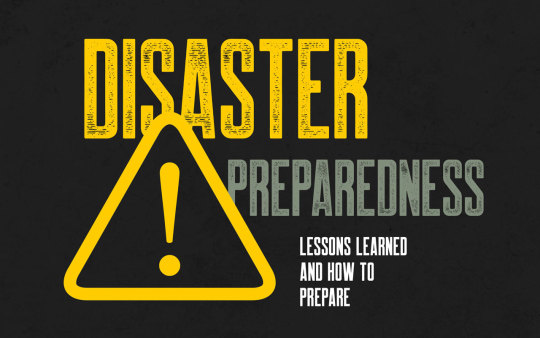
ALWAYS BE PREPARED!
WHAT IS DISASTER? AND WHAT CAN WE DO TO PREVENT IT?
Disasters are frequently unexpected by nature, giving us little time to plan and hitting without warning. Preparing and planning for a crisis is one of the shields against the disaster that we should wear to defend our families and ourselves. Being prepared for the unexpected, such as floods, earthquakes, volcanic eruptions, and so on, is what disaster preparedness is all about. Disaster preparedness may not be able to prevent a disaster from occurring, but it does help to minimize the harm that disasters do to people and infrastructure.
WHAT YOU SHOULD PREPARE FOR THE DISASTER?
To be prepared when there is a disaster, we should always secure or prepare the emergency kit that contains all your necessities such as the flashlight, important documents, canned goods, clothes, bottled water, battery radio, medicines, money for an emergency, and a first aid kit. After you prepared the emergency kit, place it near the exit at your home so that when the time comes, you can grab it quickly. Once you have done putting it to the nearby door, you need to decide or plan whether you stay at home or go to the safest shelter that the barangay officials told you. If you have chosen to shelter in place, you must ensure that your whole family is aware of the plan. And remember that The most crucial aspect of deciding whether to stay or go during a crisis is that everyone in the household is on the same page. Additional tension and worry can be prevented by creating a strategy that everyone understands and can carry out.
0 notes

